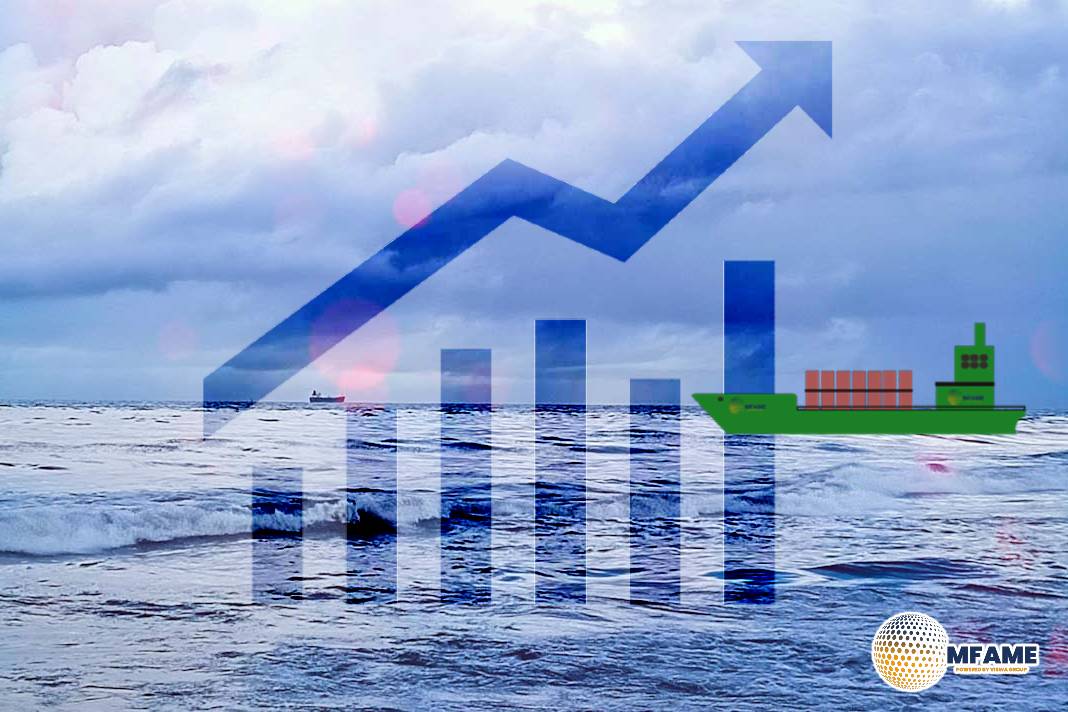Lloyd’s List reports that the crude tanker sector is “firing on all cylinders,” as the volume of oil in transit climbs to its highest level in more than five years. The surge reflects robust trading activity, extended voyage times, and ongoing inefficiencies in global oil logistics that continue to reshape tanker market dynamics.
According to the report, crude and condensate volumes in transit rose to 1.31 million barrels per day in mid-October 2025, marking the strongest level since the floating storage boom of May 2020. This trend underscores how the global energy trade remains buoyant despite shifting supply and demand conditions.
Key Market Drivers
Several factors are contributing to this momentum. Strong export flows from major producing regions, combined with delayed discharges linked to logistical and regulatory constraints, have kept ships laden for longer periods. This has significantly tightened available tonnage, driving up freight earnings across all major tanker segments.
The data indicates that Very Large Crude Carriers (VLCCs) are achieving remarkable performance, with average time-charter earnings recently surpassing $80,000 per day and select voyages exceeding $100,000. Suezmax and Aframax markets have also strengthened notably, with both segments recording their highest returns in nearly a year.
Freight Surge Across the Fleet
The elevated oil-in-transit volume has translated into one of the most active freight markets in recent memory. VLCC fixtures remain firm, supported by long-haul trades and limited vessel availability. Suezmax rates have surged to their strongest since late 2023, while Aframax levels have nearly doubled since early summer, highlighting the across-the-board momentum.
Market Outlook
Industry analysts cited in the report note that while the tanker rally is underpinned by strong tonne-mile demand, it is also sustained by temporary distortions such as discharge delays and rerouting patterns. If global supply begins to outpace demand further, this could eventually shift the balance — but for now, tanker operators are benefitting from one of the most profitable freight environments in years.
As the sector continues to navigate evolving trade patterns, shifting sanctions, and regional bottlenecks, the current trend offers a snapshot of how resilient and adaptive the crude shipping market remains.
Did you subscribe to our daily Newsletter?
It’s Free! Click here to Subscribe!
Source: Lloyd’s List
















